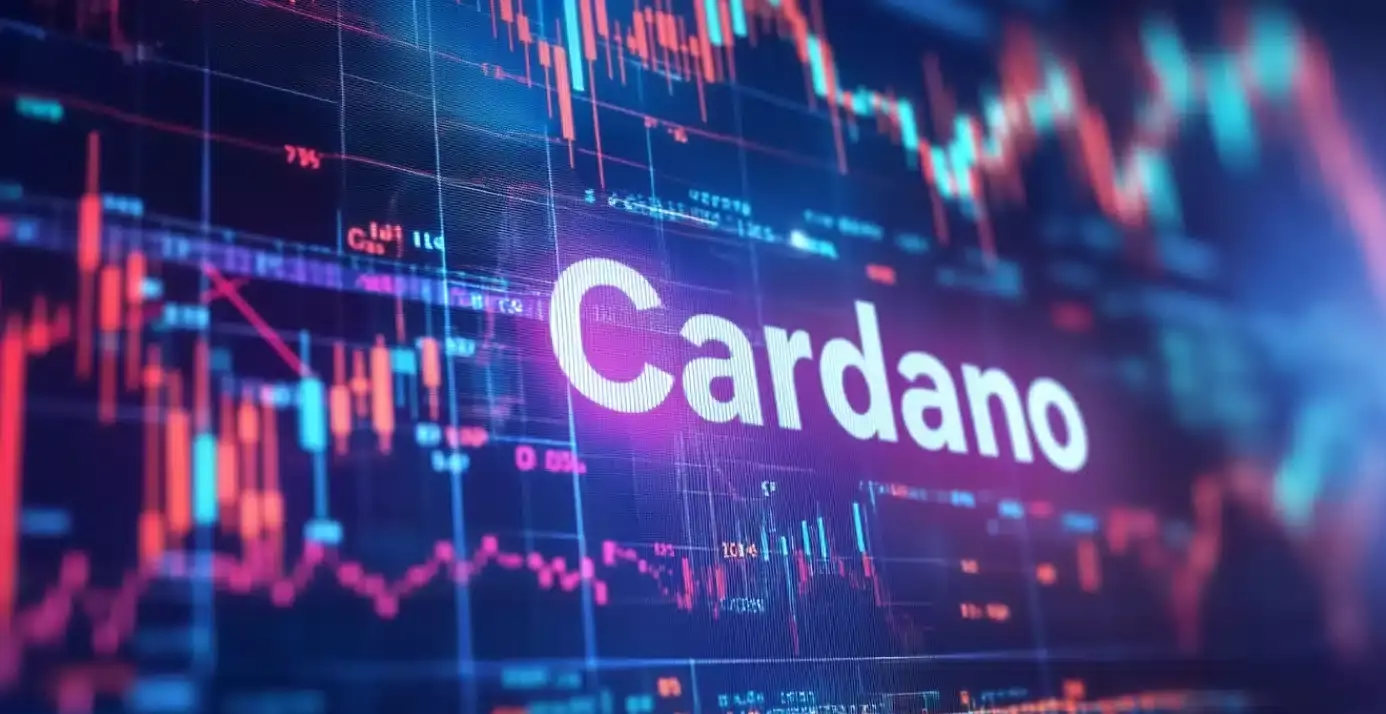In recent weeks, Cardano (ADA) has experienced a frustrating stall in its price movements, locked in a narrow trading corridor that threatens to stifle investor enthusiasm. As of now, ADA is trading at around $0.760, reflecting a staggering 43% decline from its peak in December of last year. This sluggish performance starkly contrasts the upward trajectories seen in other cryptocurrencies such as Mantra (OM) and Cronos (CRO). Such market inertia prompts considerable skepticism regarding Cardano’s ability to reignite interest and deliver returns in the near future.
Whale Accumulation: A Cautious Signal
One cannot ignore the recent trend of whale accumulation, which could ostensibly be one of the more hopeful indicators for Cardano’s future performance. Data reveals that whale investors have procured an astonishing 240 million ADA coins over the past week, equating to a hefty $182 million investment. While this surge in whale activity may suggest a bullish outlook, it is essential to approach this with a sense of critical caution. The motivations of these large holders can drastically influence market dynamics, and unless they generate concrete movements toward broader adoption, the significance of such accumulation remains questionable.
ETF Approval: A Double-Edged Sword
The potential for a spot ADA exchange-traded fund (ETF) approval by the Securities and Exchange Commission could serve as a crucial turning point for Cardano. Notably, Grayscale Tuttle Capital Management has already jumped into the fray with its applications. An ETF would likely facilitate greater institutional investment, leading to enhanced market credibility. However, it is debatable whether this could ultimately accomplish what investors yearn for: sustainable price growth or merely a short-term spike. History has shown that mere speculation surrounding ETF approvals can breed volatility rather than stability, which could shake loose the very trust that Cardano seeks to build.
Long-term Staking Signals Confidence Yet Raises Questions
Additionally, the uptick in staking activity indicates a growing intention among investors to hold onto their Cardano coins. An 8.1% increase in the staking market cap to $16.1 billion, paired with a yield of 2.60%, points to a potentially steadfast community willing to bet on Cardano’s future. However, one must wonder if this sentiment signals long-term faith in ADA or merely serves as a safety net against further losses. The commitment to staking could compellingly suggest a bullish turn, but it’s essential to evaluate whether this confidence translates into genuine market engagement or remains a façade cloaked in unresolved skepticism.
The Elliott Wave Hypothesis: A Technical Divergence
Technically, Cardano seems poised to enter a significant bullish third wave in the Elliott Wave cycle, which historically yields substantial gains. This phase is characterized by an initial pullback followed by a torrent of upward momentum. A move to the psychologically vital $2 mark would indicate a robust recovery, promising an impressive 160% rise from current levels. Yet, this ambitious prediction hinges on the development of patterns that may take considerable time to materialize. The presence of bullish flags across charts may appear encouraging, but the question remains: can Cardano sustain this momentum in consistently fluctuating crypto markets?
As Cardano aims for a new level, the journey ahead is replete with both opportunity and uncertainty, leading us to ponder the inherent volatility and risks that await investors in this intriguing cryptocurrency landscape.

